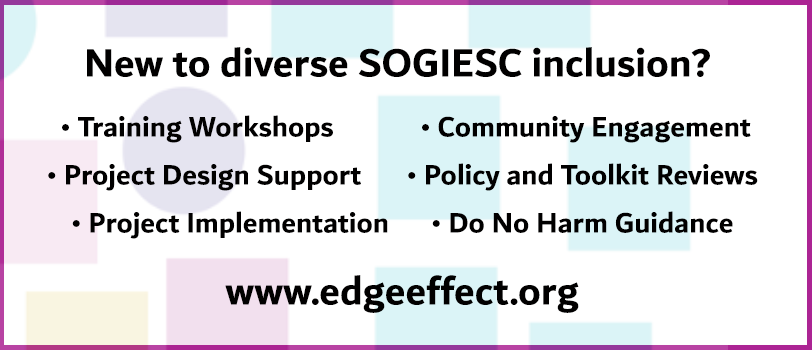This research report investigates gender roles and inequalities among the Rohingya community living in Cox’s Bazar. The research is notable for its inclusion of Rohingya with diverse SOGIE and recommendations around actively including Hijra in consultation and planning processes.
Conducted immediately prior to the Covid-19 pandemic, this paper looks primarily at the gender roles of men and women Rohingya refugees as well as gender roles in the Bangladeshi host community. The paper found that, overall, while there is very high gender inequality in the Rohingya refugee community, women and girls have greater opportunities for employment and out-of-home mobility in Cox’s Bazar refugee camps than they did in Myanmar. The paper covers findings in the following thematic areas: gender roles; meaningful participation and leadership; WASH and MHM; emergency food security, vulnerable livelihoods (EFSVL) and Nutrition; Health; Education; Protection, SGBV and Child Protection; Accountability; Vulnerability and Priority needs; and Relationships between Rohingya and host community.
The paper first introduces key issues in humanitarian response and the objectives of the research project. The paper then moves into the findings on the above topics. The paper presents the gender roles in the household in Myanmar as compared to in refugee camps. This section focuses on the impacts of male unemployment and lack of educational opportunities.
Page 33 contains a specific section on the impact of displacement on Hijra (third-gender feminine identifying group) Rohingya and Bangladeshis. This specifically looks at how the influx of Rohingya refugees post 2017 has altered the employment landscape for Bangladeshi Hijras, and the total lack of income generating opportunities for Rohingya Hijras. This section highlights the specific issues of lack of individual registration for Rohingya Hijras.
The remainder of the report covers the themes listed above, often mentioning the lack of data on the specific experiences of Hijras. The report concludes with overall findings (recommendations are at the beginning of the paper) and annexes with breakdowns of participants.





